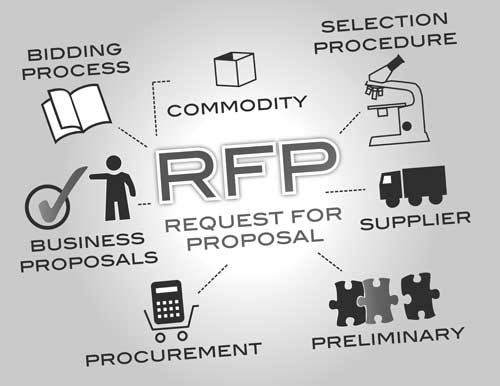Sooner or later we all need to solicit proposals that provide solutions to a problem. This might be a request for an application, a service, or products. It should come as no surprise that an effective RFP process accurately defines the problem. However, there is more detail that makes up an effective RFP.
What is a Well Defined Problem?
The challenge of a technical RFP is often the language required to create one. The technical staff provide input (or possibly the entire response) to an RFP, so it is essential to communicate to them directly. Miscommunication can make responses invalid or worse. However, the writers of the RFP are usually on the business side of the equation. This is not an insurmountable issue. It just requires attention to the details that matter to an IT solution.
The key is in the details. A problem definition needs to include these pieces to provide the context required for a solution rather than just an answer to a question. For example, an RFP that defines the problem as a need for a website with a “contact us” form is overly simple. There is no context for a useful solution. Think about how the details below can help respondents craft a more meaningful response.
- Who are the primary users?
- When will it be used? (business hours, 24/7, etc.)
- What is the expected response time for the pages/functions?
- Are there constraints or limits to the technology of the solution?
- Will it have to scale? To what level?
- How soon is the solution needed?
- What sort of budget do you have?
- What kind of company are you? (line of business, employees, sales)
These details may seem like providing too much information. Nevertheless, these provide context for the solution. These details will help the providers craft a solution that meets your needs.
Know The Respondents
As part of your RFP, you want to make sure you have the right people for the job. A good RFP document provides a lot of detail about your company so it is only fair to request details about the respondents as well. In a similar sense to the problem details, a good RFP requests several facts from the respondents.
- How long have you been in business?
- What does your typical customer look like? (size, business, focus, etc.)
- Have any major changes to the company structure occurred recently? (merger, acquisition, etc.)
- What sort of support staff do they have?
- What certifications, audits, and assessments have been done on the company?
- Can you provide some good references? For example, customers that were provided a similar solution?
- Describe the processes you use to ensure quality.
An Effective RFP Takes Time
Do not underestimate the value of your problem. If you have a strong enough desire for a solution to search for proposals, then make it worthwhile. Spend the time to properly detail your problem and allow for respondents to take their time in crafting a response. I hope these items have helped you create an RFP process that works for you and finds a perfect response.





